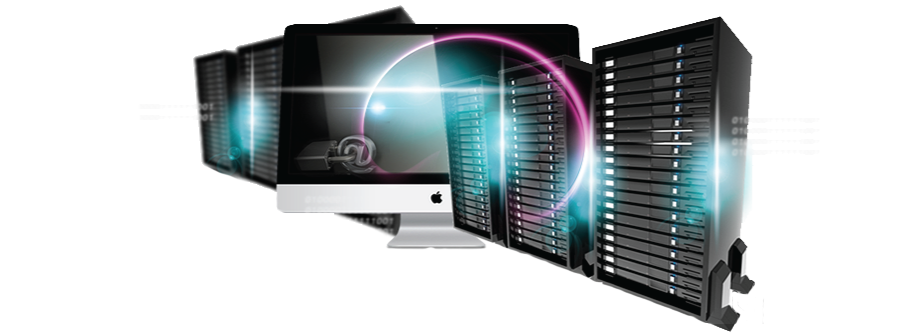The circulatory system is an intricate network of capillary that move oxygen, nutrients, and also waste items throughout the body.2 primary types of blood artralon mercado libre vessels play an important function in this procedure: veins as well as arteries. While both veins and arteries are involved in the circulation of blood, they differ in their structure, function, and also place within the body.
To recognize the distinction between capillaries as well as arteries, it is essential to understand their individual features as well as their role in maintaining a healthy blood circulation system.
Blood Vessels: Carrying Blood Back to the Heart
Blood vessels are capillary that lug deoxygenated blood back to the heart from various parts of the body. Unlike arteries, veins have thinner walls as well as much less muscle. They usually show up blue or purple in color as a result of their proximity to the surface of the skin.
One of the primary functions of capillaries is to facilitate the return of blood to the heart versus the pressure of gravity. This is achieved via the existence of one-way valves that avoid blood from moving backward. The contraction of skeletal muscular tissues also help in pumping blood back to the heart, creating a pressing result on the blood vessels.
Veins are classified right into 3 primary kinds based upon their location and function:
- Deep Veins: These veins lie within the muscle and also bring most of blood back to the heart. Examples include the femoral capillary in the thigh and the subclavian vein in the breast.
- Shallow Blood vessels: These veins exist close to the surface of the skin and also show up in some people. Superficial capillaries play a much less considerable duty in blood circulation compared to deep veins. Examples include the fantastic saphenous vein in the leg and the cephalic blood vessel in the arm.
- Perforator Veins: These capillaries attach the superficial and also deep veins, allowing blood to flow in between them.
Though capillaries carry deoxygenated blood, they additionally move other vital substances such as nutrients and waste items back to the heart for additional processing as well as removal.
Arteries: Transferring Oxygenated Blood Far From the Heart
Arteries are blood vessels that bring oxygenated blood away from the heart to numerous parts of the body. Unlike veins, arteries have thicker wall surfaces and also more elastic and also muscular tissue. They have a round form and also normally show up red in shade because of their oxygen-rich content.
The major feature of arteries is to supply oxygen and nutrients to tissues and organs throughout the body. They are vital for keeping the metabolic requirements of cells and also making certain proper functioning of the body’s systems. Arteries are likewise under higher stress compared to blood vessels, as they get blood directly from the heart.
Similar to capillaries, arteries are categorized into different kinds based upon their location and also feature:
- Elastic Arteries: These are the biggest arteries in the body as well as have a high proportion of flexible fibers in their wall surfaces. They aid maintain blood pressure and thrust blood forward. Examples consist of the aorta as well as the lung artery.
- Muscular Arteries: These arteries have a better proportion of smooth muscle mass in their wall surfaces, enabling vasoconstriction as well as vasodilation. Muscular arteries are in charge of dispersing blood to specific organs and also tissues. Examples consist of the coronary arteries as well as the brachial artery.
- Arterioles: Arterioles are smaller sized branches of arteries that manage blood flow right into capillaries and also control high blood pressure. They play an essential function in preserving total blood flow.
Arteries carry oxygenated blood, rich in nutrients, to numerous parts of the body. As blood streams with the veins in the tissues, it launches oxygen and also picks up waste products, eventually returning to the heart through the capillaries.
The Affiliation: Blood Vessels as well as the Microcirculation
While blood vessels and arteries are the major players in the blood circulation system, they depend on an elaborate network of tiny blood vessels called capillaries to exchange oxygen, nutrients, and waste items with the body’s cells.
Blood vessels link arterioles as well as venules, forming a substantial network that reaches every cell in the body. Their framework enables the exchange of substances in between the blood stream and also the surrounding cells. Oxygen and also nutrients pass out of the blood vessels right into the tissues, while waste items and carbon dioxide action from the tissues into the veins to be transferred away.
The microcirculation, made up of capillaries, arterioles, and venules, is accountable for the exchange of substances and plays a crucial role in preserving the equilibrium needed for appropriate bodily features.
To conclude
Blood vessels as well as arteries are integral components of the blood circulation system, each with distinctive functions and qualities. Capillaries carry deoxygenated blood back to the heart, while arteries transportation oxygenated blood away from the heart. Recognizing the features and differences in between these 2 sorts of capillary is important for understanding the intricate nature of the human circulatory system.
The interconnectedness of veins, arteries, visiorax funciona and also capillaries makes sure that oxygen, nutrients, and also waste products are efficiently transported throughout the body, supplying the required support for overall health and wellness.




